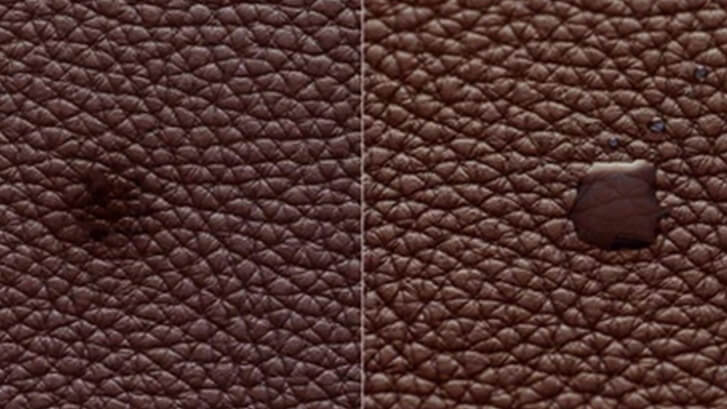Identifying real leather apart from fake isn’t always easy, especially if you’re not sure how to spot the difference.
In work settings, where durability and quality are crucial, selecting the right type really matters. Whether you’re buying gloves, workwear, or other industrial leather goods, knowing how to identify genuine leather can help you avoid buying something that won’t last.
This guide breaks it all down. So the next time you’re making a purchase, you’ll have a clear picture of the real vs fake leather debate.
Different Types of Leather
Before you get into the comparison of real vs fake leather, it is important to understand their difference.
Real Leather
This material is the one that offers quality. It is what people look for when they are searching for authentic leather-made goods, made from animal hides. The animal skin can be different, depending on the type of product being manufactured. The most commonly used hide is that of a cow. But many manufacturers use others like sheepskin, goatskin, and deerskin, too.
Genuine Leather
Many companies use this term to mislead you. They use this label when combining real and imitation materials in one product. Mostly in such cases, they use scraps of animal hides along with synthetic materials to confuse the customers.
Faux Leather
It is not made from the original hide. Different synthetic materials are used and coated with chemicals to mimic the look and texture of the authentic material. So the next time you go to purchase goods, and the label says it uses leather, look for words like vegan or synthetic.
These can be seen as signs that the item isn’t made from hide. Learning how to identify genuine leather helps you avoid confusing labels and make better choices when you’re looking for authenticity.
How to Identify Genuine Leather?
Read the Label
This is the easiest way to know the genuineness of the material used in the product. Here, you just look at the label of the product that you are buying. If it says it’s 100% authentic, then it’s fully made using animal skin. If it says it’s bonded, it either means it is a low-grade quality or it uses a small percentage of animal hide. The rest of the product is made using different materials and binders to make it look original.
Check the Look
Animal hides have natural imperfections with unique textures and rough edges. So if you are looking for something authentic, look for these signs.
Whereas synthetic materials have uniformity in terms of textures and patterns with defined edges. They often look too perfect to be natural. This flawless finish is one of the easiest ways to spot an imitation hide.
Feel the Surface
When you take the material in your hand and feel it, the difference gets clearer. When you press down on a product made from animal skin, it will move or wrinkle slightly due to its natural grains.
On the other hand, if you apply pressure to a fake material, it will not respond and retain its stiffness.
Smell It
You can check its originality through a smell test. Animal hides have a distinctive smell. On the other an imitation hide might be odourless. It might also smell like chemicals due to the manufacturing process.
Consider the Price
Real leather is expensive. Due to its natural characteristics, it sells at a higher price point than faux. This is how you can spot the one with honest quality. It has a higher price point than the synthetic version due to its quality and the way it is procured.
Try the Water Test
How to check real leather? You can simply conduct a water test. If your item absorbs water, then it’s the real deal. On the other hand, if it’s an imitation, it will repel.
Conclusion
To wrap it all up, these are some of the easiest ways to help you answer the question: how to identify genuine leather. Using these techniques, you will be able to easily spot the difference.
To use industrial goods made of genuine leather, check out our collection at Elite Leather today!
FAQs
How to test leather when shopping online?
Look for close-up photos, and detailed product descriptions, and ask the seller questions about sourcing and texture.
Does real leather peel?
No, it doesn’t peel; if it does, it’s likely bonded or faux.
Can real leather change color over time?
Yes, it can darken with age and use, which adds to its character.
Is genuine leather waterproof?
No, it isn’t fully waterproof. Excessively moisturizing can stain or damage it if not treated properly.
What’s the best way to care for leather?
Keep it clean and away from direct sunlight or heat. Also, try to use a leather conditioner every few months to retain its suppleness.


